The effect of the diversity of some training methods of explosive capacity with the variation of the period of intercourse in some electrical indicators (EMG) for the muscles of the arms and the completion of swimming (100) freestyle meters for the Iraqi youth team swimming
Main Article Content
Abstract
The research aimed to identify the effect of diversifying two training methods for explosive power by varying the rest period between the exercises on some electrical indicators (EMG) of the arm muscles and the achievement of swimming (100) freestyle for the Iraqi youth national team swimmers. The experimental method was adopted by designing a single group for a sample of Iraqi youth national team swimmers for a distance of 100 meters freestyle for the sports season (2024-2025), numbering 12 swimmers. To measure the achievement, a cartoon timer was used according to the competition conditions. The experiment was conducted with the plyometric and plastic training methods as one variable that was varied between them in the same training unit. The researcher concluded that the diversity of the two training methods for explosive power by varying the rest period between the exercises for the biceps of swimmers (100) meters freestyle has positive effects on the physiology of electrical signals for neuromuscular control, which is reflected positively in reducing the time spent swimming this distance. Accordingly, it was recommended that it is necessary to support the knowledge of professional coaches about the importance of varying the diversity of explosive power training methods for the biceps. (100) meter freestyle swimmers, to break out of the restrictions imposed by training within the first energy system.
Article Details

This work is licensed under a Creative Commons Attribution-NonCommercial 4.0 International License.
References
Sylvia S. Mder. (2001). Biology (7th ed., p. 874). Boston. Includes bibliographical references and index.
Abdel-Zaher, M. M. (2014). Physiological foundations for planning training loads (Steps towards success) (p. 47). Modern Book Center.
Abu Zaid, I. A.-D. A. (2007). Planning and Scientific Foundations for Building and Preparing Teams in Team Games: Theories and Applications (2nd ed, p. 126). Maaref Establishment.
Al-Madamkha, M. R. I. (2008). Field application of theories and methods of sports training (1st edition, p. 88). Al-Fadhli Office.
Al-Mahdi, M. S. (2019). Educational Research Methods (p. 214). Dar Al-Fikr Al-Arabi.
Al-Nusairi, A. S. H. (2009). Added weight training to develop some special physical abilities and its effect on some physiological and skill indicators of young volleyball players [PhD thesis]. University of Baghdad.
Al-Qat, M. (1999). Functions of the members of the sports training (1st edition, p. 12). Dar Al-Fikr Al-Arabi.
Al-Raydi, K. J. (2001). Sports Training for the Twenty-First Century (p. 25). Department of Publications and Publishing.
Azzal, Y. H., & Ahmed, A. M. (2025). The effect of exercises using the (4D PRO) training method on the starting distance and completion of the 50-100-meter crawl swimming for juniors. Journal of Sports Education Studies and Research, 35(2), 75–89. https://doi.org/10.55998/jsrse.v35i2.1080
Baechle, T. R., & Earle, R. W. (2008). Essentials of strength training and conditioning. Human kinetics.
Hallab, N. J., Jacobs, J. J., Skipor, A., Black, J., Mikecz, K., & Galante, J. O. (2000). Systemic metal-protein binding associated with total joint replacement arthroplasty. Journal of Biomedical Materials Research, 49(3), 353–361. https://doi.org/10.1002/(SICI)1097-4636(20000305)49:3<353::AID-JBM8>3.0.CO;2-T
LAMYAA, H. M. A.-D., Mustafa, A. R. K., & Yassin, H. A. (2020). The Effect of Constructive Learning Model in Teaching the Constructive Learning of Freestyle Swimming for First Grade Students. Journal of Studies and Researches of Sport Education, 63. https://www.iasj.net/iasj/article/205247
Lewandrowski, K.-U., Gresser, J. D., Wise, D. L., White, R. L., & Trantolo, D. J. (2000). Osteoconductivity of an injectable and bioresorbable poly(propylene glycol-co-fumaric acid) bone cement. Biomaterials, 21(3), 293–298. https://doi.org/10.1016/S0142-9612(99)00180-5
Marwan, A. M. I., & Muhammad, J. A.-Y. (2004). Recent Trends in Sports Training (1st Edition, p. 106). Wael Publishing and Distribution House.
Michael W. Passer, & Ronald E. Smith. (2001). Psychology: Includes bibliographical references and index (1st ed, pp. 11–12).
Moseekh, L. Z. (2016). The effect of phosphate energy exercises on explosive power and the performance of the smash skill in volleyball. Anbar Journal of Physical and Sports Sciences, 3(12), 113–126. https://iasj.rdd.edu.iq/journals/journal/issue/261
Moseekh, L. Z., Al-Kubaisi, R. S., & Jalab, S. H. (2013). The impact of exercises on the anaerobic energy system on some enzymes, and the defense skills of volleyball. University of Anbar Sport and Physical Education Science Journal, 2(8), 301–318.
Moseekh, L. Z., Daikh, Y. A. B., & Awad, J. M. (2010). The effect of plyometric training on hard and sandy floors on developing explosive strength of the lower extremity muscles. University of Anbar Sport and Physical Education Science Journal, 1(3).
Mufti, H. (2001). Modern sports training: planning, implementation and leadership. Dar al-Fikr al-Arabi, Egypt.
Saad El-Din, M. S. (2000). Physiology of Physical Effort (p. 34). Manshaat Al-Maaref.
Sajit, H. M., & Ali, A. F. (2017). Physiology of Physical Effort (p. 62). Dar Al-Sadiq Cultural Foundation for Publishing and Distribution.
Salama, B. E.-D. I. (1999). Bio-energy representation in the sports field (p. 191). Dar Al-Fikr Al-Arabi.
Salama, B. I. (2018). Applications of Biochemistry and Energy Representation in the Sports Field (p. 179). Dar Al-Hikma.
Sayed, A. N. E.-D. (2019). Principles of Sports Physiology (3rd ed, pp. 263–264). Modern Book Publishing Center.
Tolan, S. M. et al. (2012). Scientific Foundations of Exercises and Sports Performances (p. 165). Dar Al-Wafa for the World of Printing and Publishing.
Turki, H. A. (2009). Principles of Sports Training (p. 34). Dar Al-Diaa for Printing and Design.
Wadi, A. A. A.-J., & Ikhlas, A. (2005). Fundamentals of Physiological Psychology (pp. 79–80). Jarir Publishing and Distribution House.
William J. Kraemer, & Keijo Hakkinen. (2006). Handbook of Sports Medicine and Science Strength Training for Sport (2ed ed., p. 83). Blackwell Sclsnce.
Wilmore, J. H., Costill, D. L., & Kenney, W. L. (2004). Physiology of sport and exercise (Vol. 20). Human kinetics Champaign, IL.
Yessis, M., & Hatfield, F. C. (1986). Plyometric training: Achieving power and explosiveness in sports. Sports Training, Incorporated.





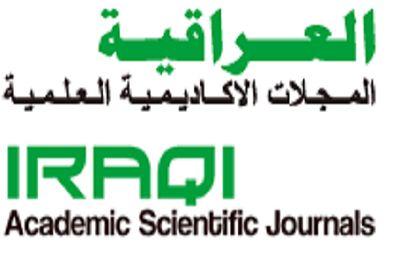 IASJ
IASJ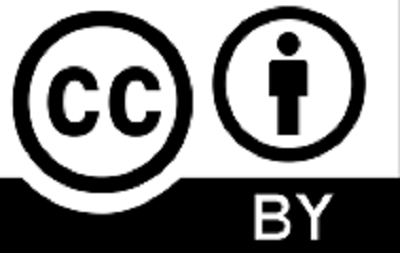 CC-BY-4.0
CC-BY-4.0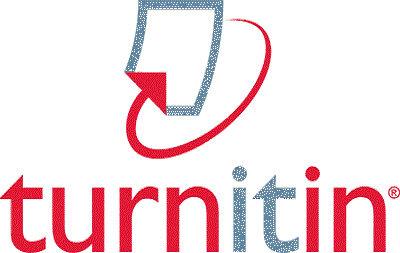 turnitin
turnitin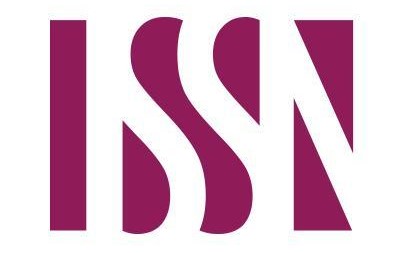 ISSN
ISSN DOAJ
DOAJ Crossref
Crossref GoogleScholar
GoogleScholar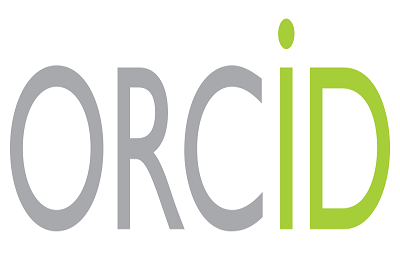 Orcid
Orcid